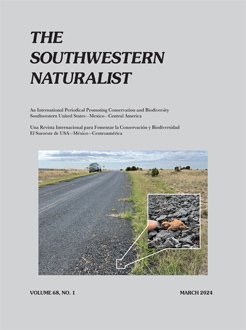To assess the genetic diversity and phylogeography of the blunt-nosed leopard lizard (Gambelia sila), we sequenced 1,285 base pairs (bp) of the mitochondrial cytochrome oxidase-b (cyt-b, 682 bp) and cytochrome oxidase III (CO3, 603 bp) genes from 33 individuals representing eight natural populations in central California. Phylogenetic analysis indicated that 17 observed haplotypes are partitioned into two major clades, which correspond geographically to where the lizards were collected. We also conducted a focused analysis of individuals collected from the canyons leading into the Cuyama Valley in Ventura and Santa Barbara counties, a geographic area with lizards possibly representing a remnant hybrid (with G. wislizenii) population. All lizards from the Cuyama Valley and adjacent canyons exhibited the mitochondrial haplotype of G. sila and were embedded within one clade. Our morphological analysis placed some leopard lizards collected from Cuyama Valley with true G. sila, whereas some individuals aggregated with G. wislizenii. This finding suggests that the quantitative morphological characteristics often used to distinguish between the two species are fairly labile and may be influenced by prevailing environmental conditions.
Mitochondrial Phylogeography of the Endangered Blunt-Nosed Leopard Lizard, Gambelia Sila


